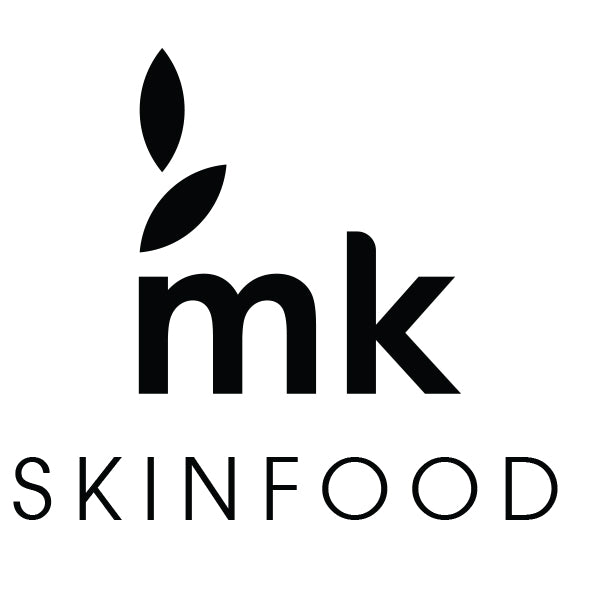As summer arrives, our relationship with the sun grows stronger. The sun, vital for vitamin D synthesis, offers numerous health benefits. However, when not utilized properly, it can be as much an enemy as a friend. Excessive exposure to UV rays can lead to various problems, from sunburns and allergies to aging and cancer.
The first thing that comes to mind for protecting the skin from UV rays' harm is sunscreens. Although these products are thought to protect the skin, they are not entirely innocent due to the chemicals they contain.
Sunscreens and Chemicals
When applied to the skin, sunscreens don't just stay on the surface. A 2020 study by the FDA shows that chemical components in sunscreen products are systemically absorbed after application and some can remain in the blood for at least three weeks. The chemicals tested in this study include avobenzone, oxybenzone, octocrylene, homosalate, octisalate, and octinoxate. It's highlighted that these six active ingredients are absorbed through the skin in concentrations exceeding the FDA's safety threshold and can mix into the bloodstream.
Most sun cream and lotion contain harmful chemicals. Those containing protective agents at the nanoparticle level include components small enough to cross the blood-brain barrier and potentially harm aquatic life. The frequent application of sunscreens over a large area increases this risk.
EWG's Findings on Sunscreens
The Environmental Working Group (EWG) is a non-profit organization valuing environmental and human health. They aim to raise awareness about "safe cosmetics" across society and educate consumers. EWG evaluates the ingredients of products based on human health. Each component's safety level is rated on a scale from 1 to 10. According to the "Skin Deep" rating, ingredients in the 1-2 range are safe, 3-6 moderately risky, and 7-10 highly risky. Consumers can check the risk level of ingredients for their skin by entering the product name in the www.ewg.org/skindeep database.
In EWG's 2022 "Best Sunscreens Report," they analyzed over 1800 sunscreen products. Previously, EWG argued that no product would be fully protective and would not stay on the skin for more than two hours. They found that approximately 75% of sunscreens either don't protect or contain easily absorbed chemicals. One such chemical is oxybenzone, a suspect hormone disruptor easily absorbed through the skin. Oxybenzone was found in 30% of the 1850 products in the EWG system. Although this seems high, it was noted that this percentage was around 60% three years ago, indicating some companies have removed this component from their products over these three years.
Physical and Chemical Sunscreens
Sunscreen products are divided into two main categories: chemical and physical. This distinction is based on how easily the product is absorbed by the skin and how it prevents sun damage.
Chemical sunscreens are more easily absorbed by the skin and primarily work by absorbing UV light. Mineral-based ones are considered a type of physical sunscreen. They contain components that deflect UV rays by forming a layer on the skin's surface. Mineral sunscreens, not easily absorbed by the skin, act more like a "shield" and prevent sun rays from penetrating the skin (they usually leave more white residue).
Safe mineral sunscreens commonly use zinc oxide. Organic mineral sun creams made with ingredients like zinc oxide are also featured on EWG's list of best sunscreen products.
Zinc oxide is known to provide "broad-spectrum ultraviolet" (UVA/UVB) protection. This mineral also helps maintain the skin's youthful appearance. Zinc oxide can aid in new skin tissue and collagen synthesis. It has shown good results in reducing the appearance, intensity, and duration of skin spots and acne.
Components like zinc oxide in mineral sunscreens are not easily absorbed by the pores, reducing the risk of chemicals entering the bloodstream.
Our skin is the organ that first comes into contact with the outside world and protects us from external factors. Therefore, skin health is very important. While benefiting from the sun, we must not neglect our skin, opting for natural products. Also, wearing protective clothing covering our bodies and legs, wearing sunglasses and hats, and staying in the shade during peak sunlight hours will help physically protect our skin.



